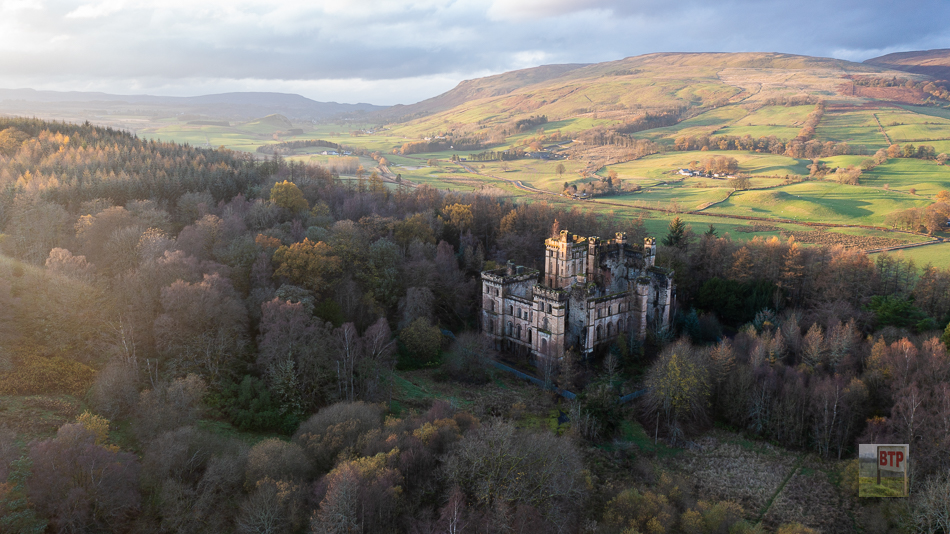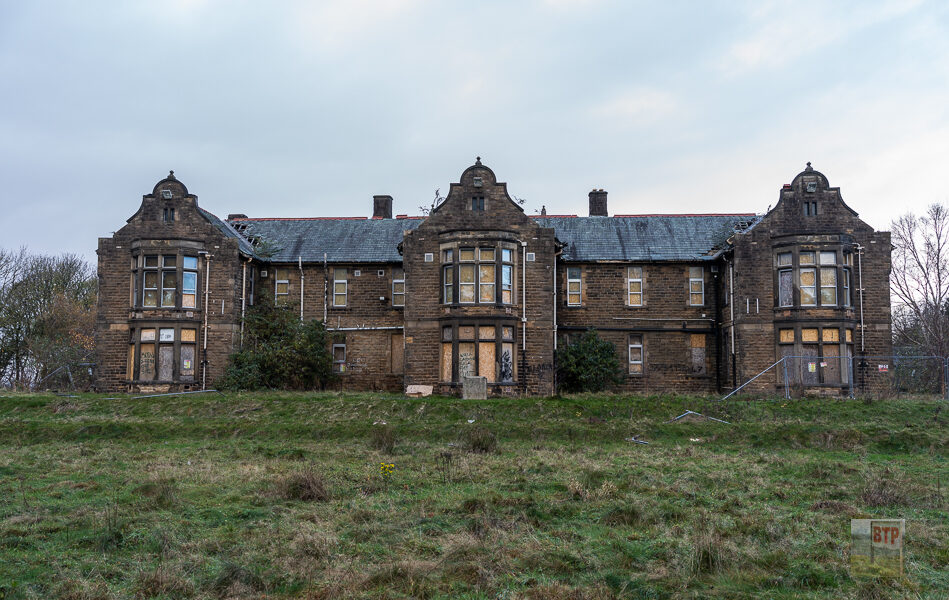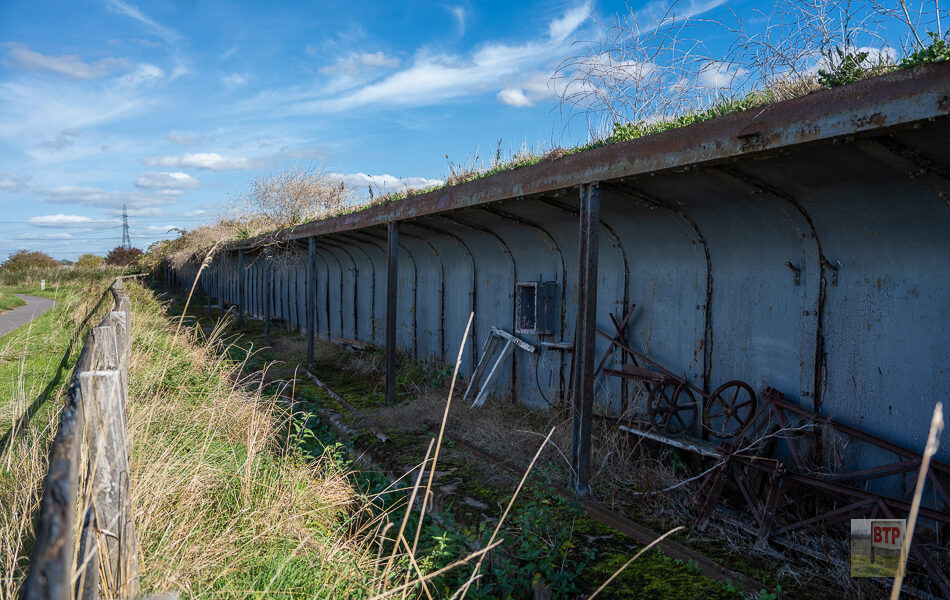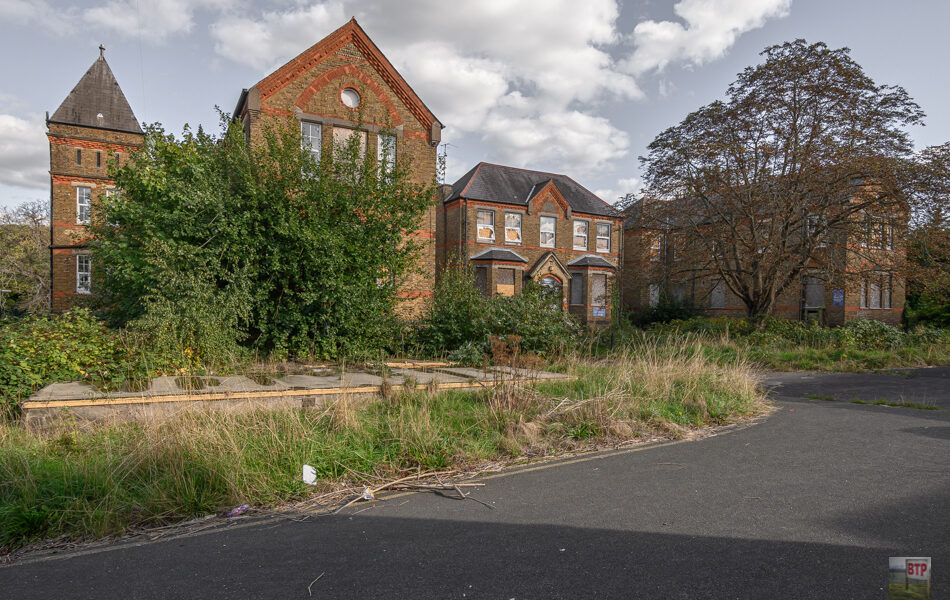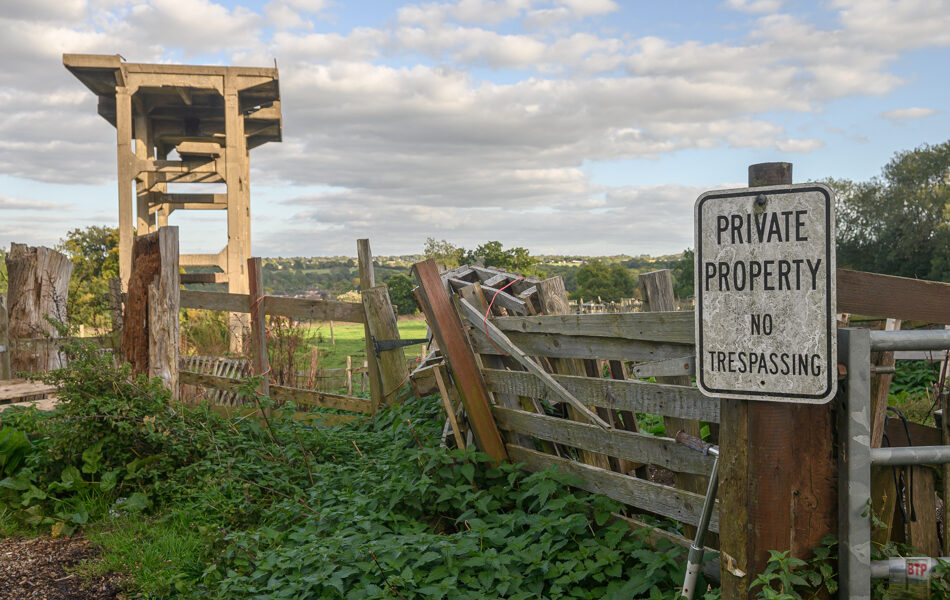Excalibur Estate
Following intense bombing during the Second World War, Londoners were in need of new homes – and fast. The solution adopted by the Government was a unique scheme which saw temporary homes being built in factories, sometimes by prisoners of war, to speed up the construction process. 1,500 homes were destroyed in Lewisham in the…
View More

